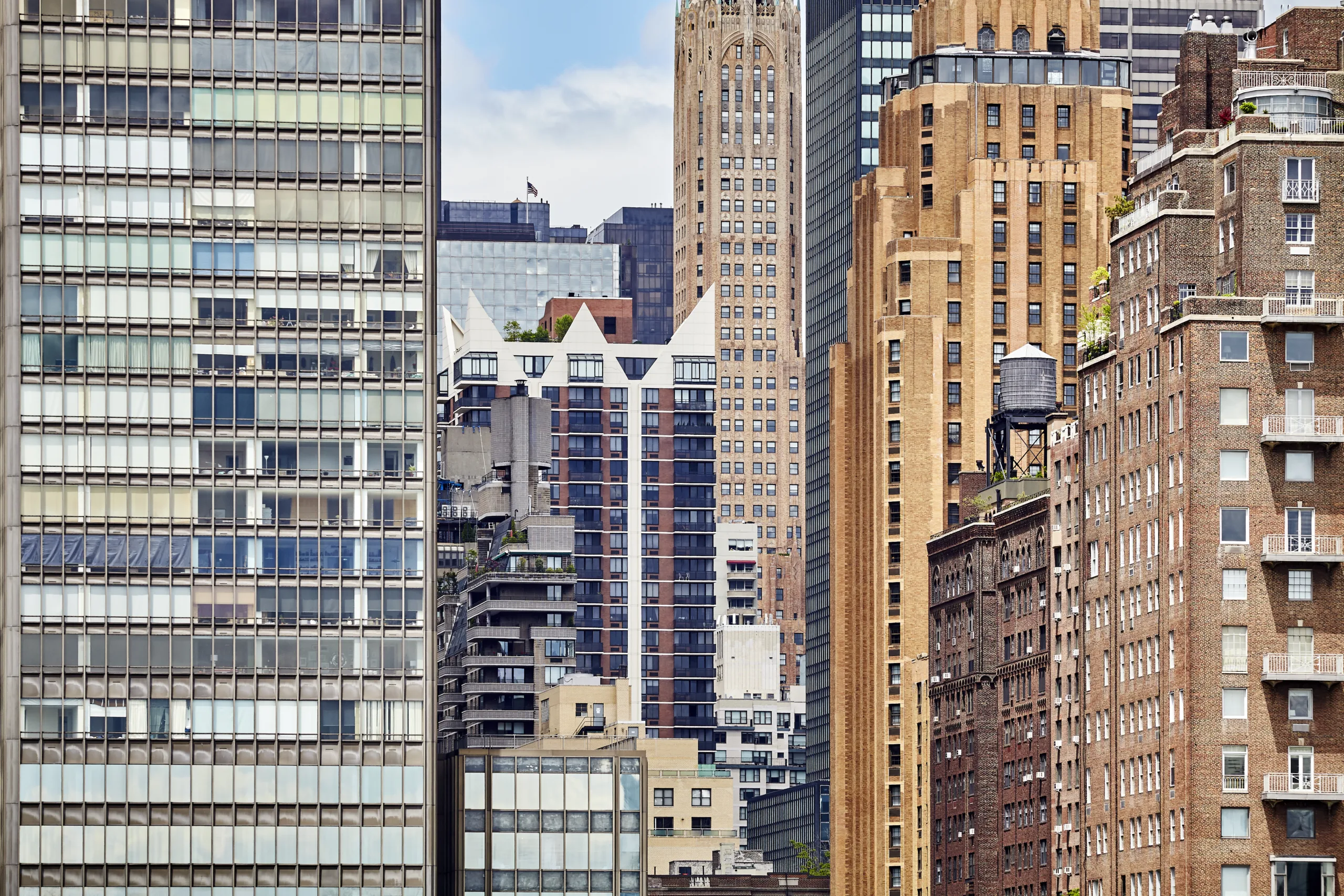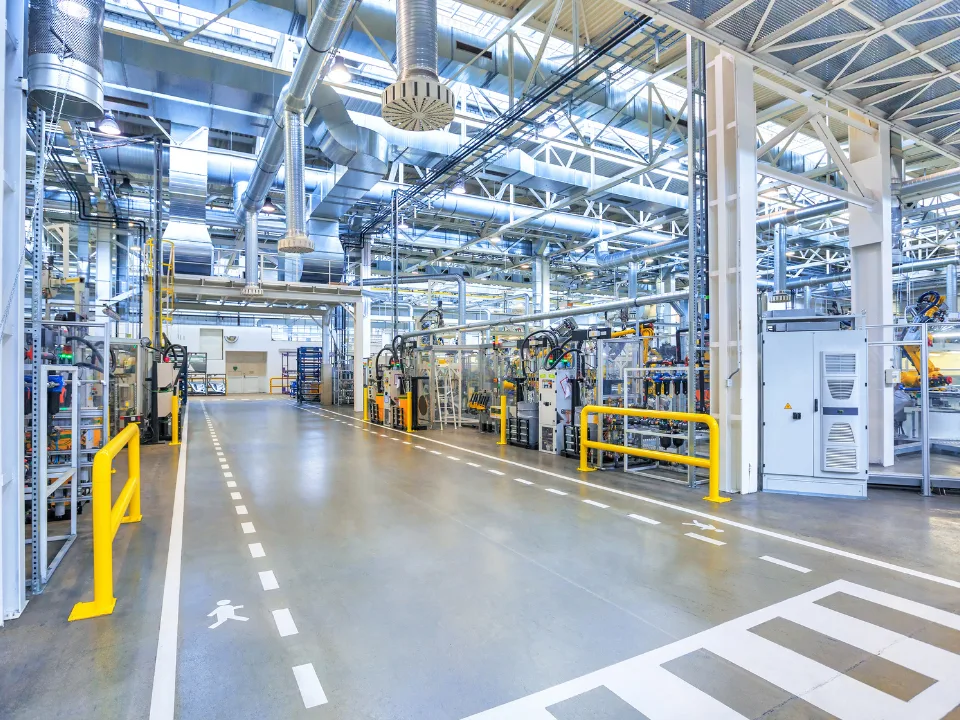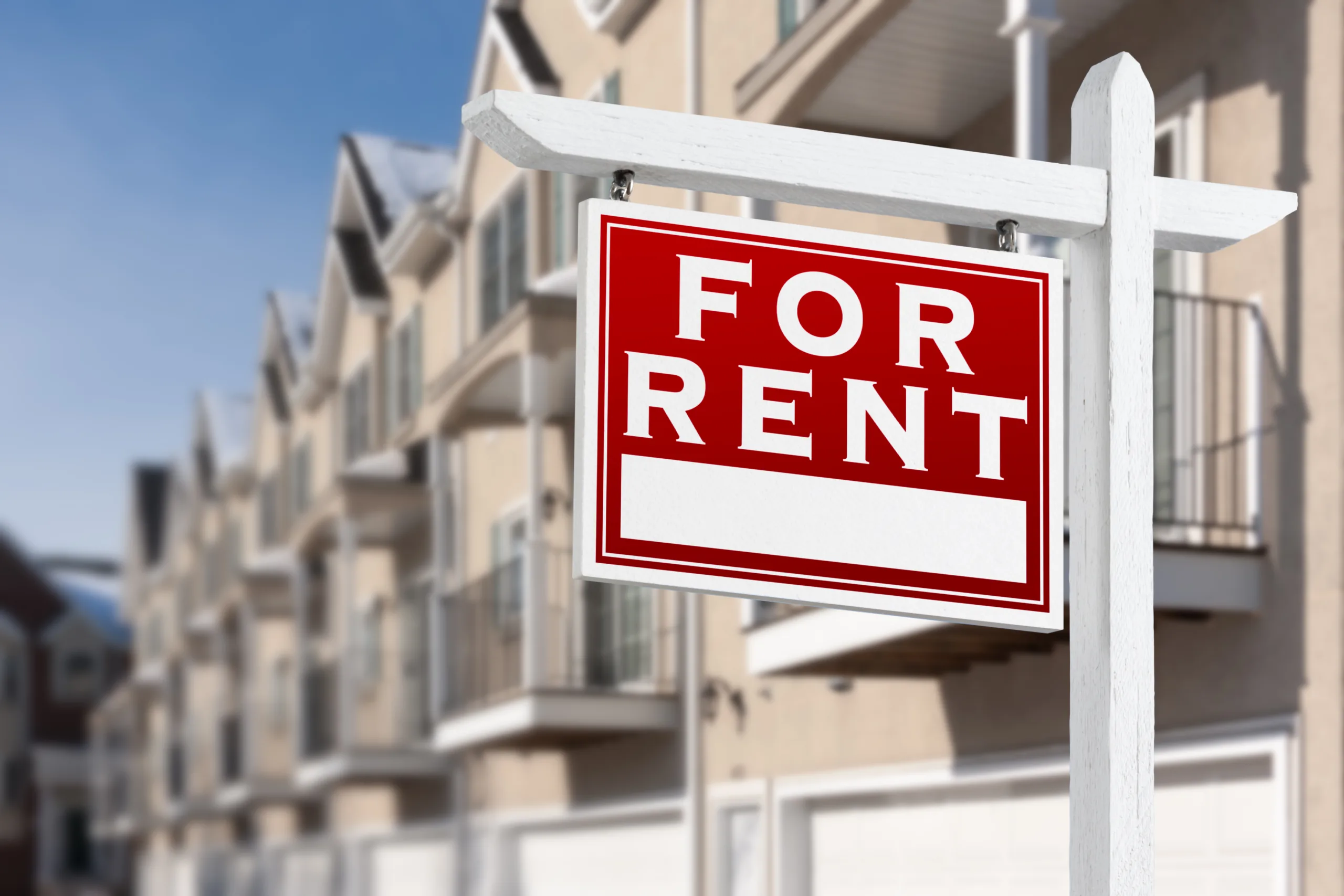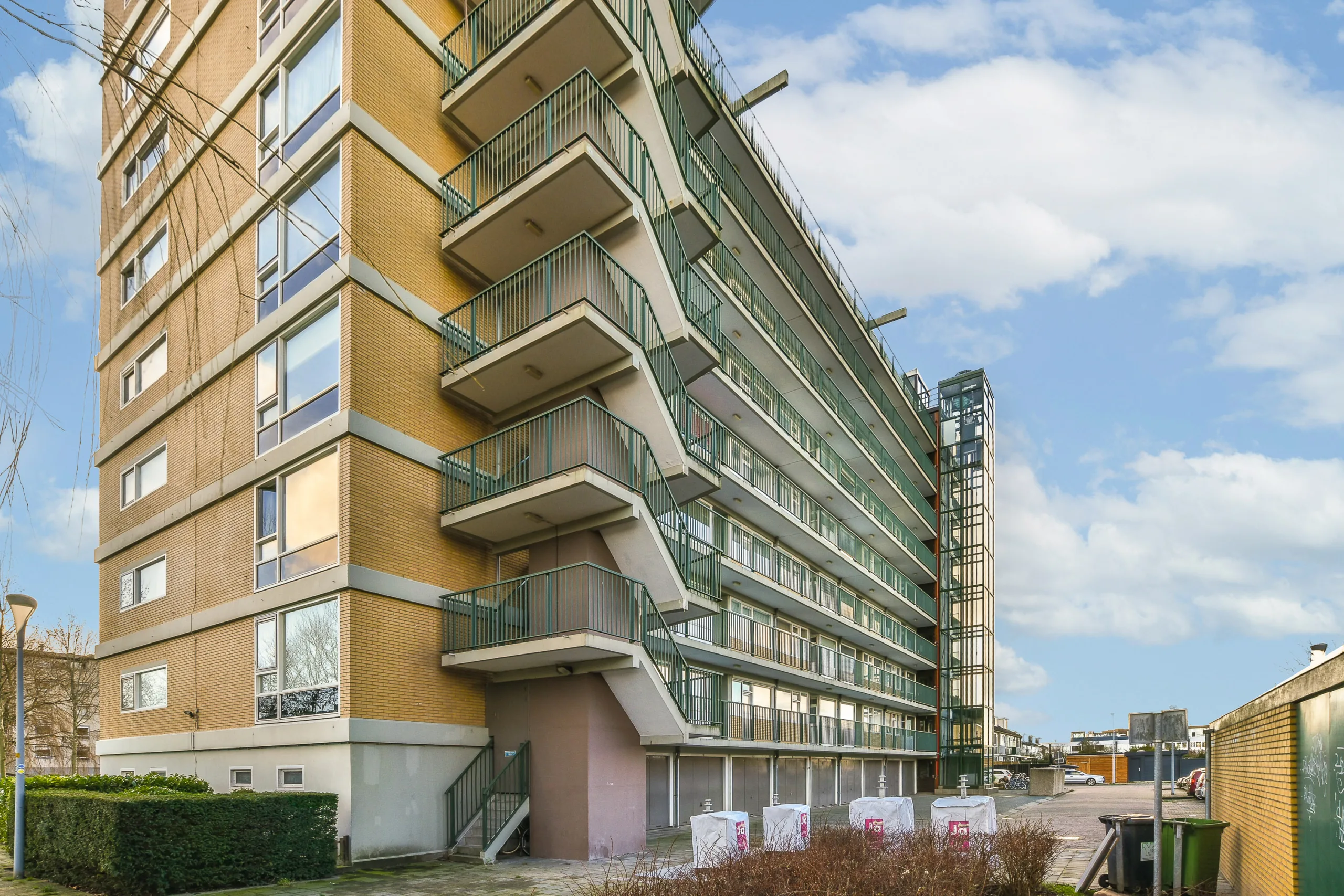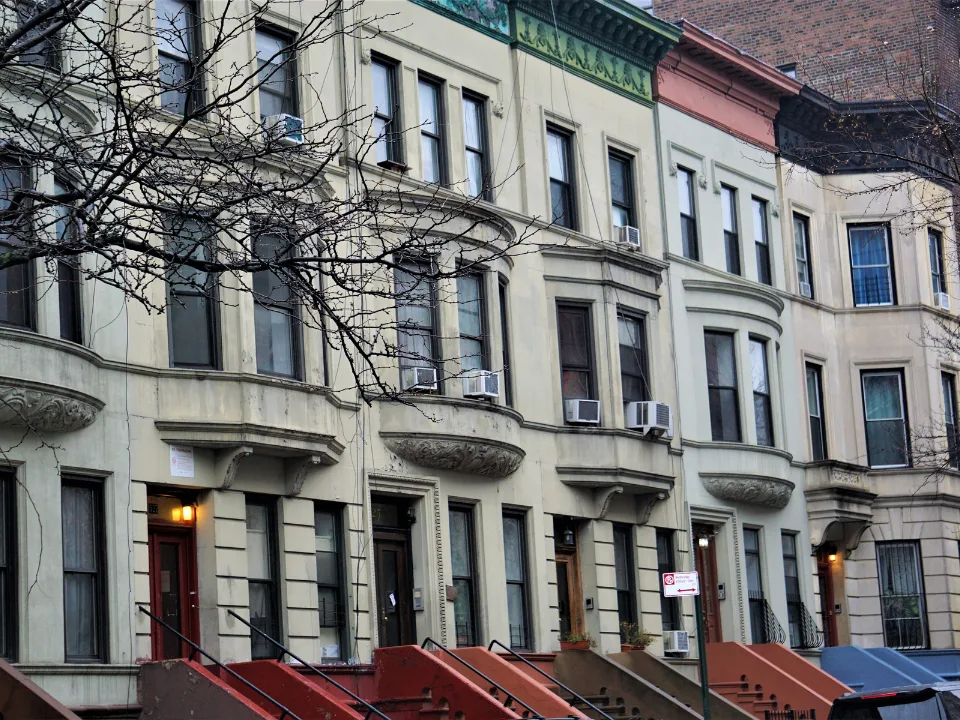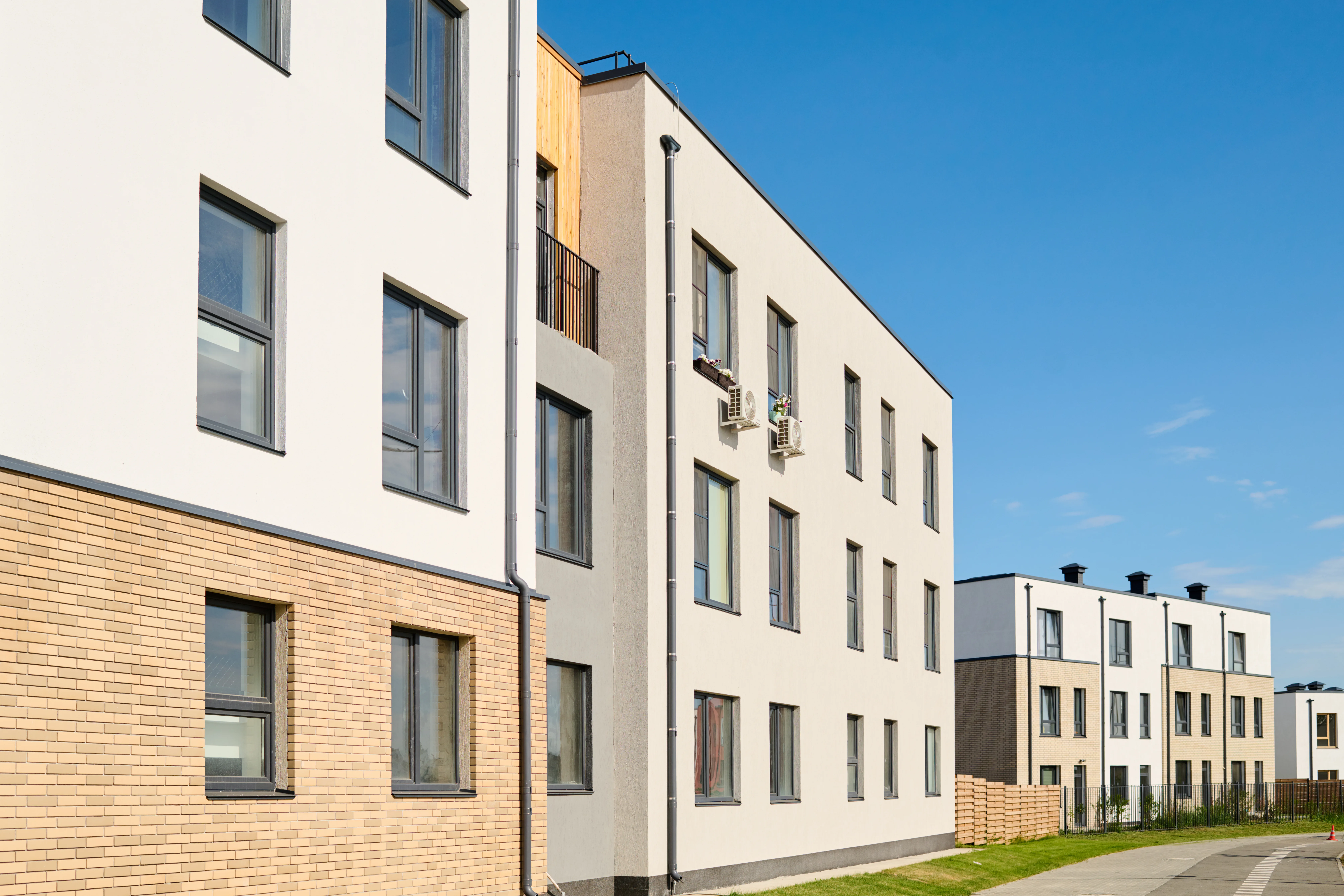- US industrial vacancy rose to 7.1% in Q1 2025, the highest level since 2015, but increases are slowing and expected to peak by year-end.
- Construction completions dropped to 65M SF in Q1—down 60% from the 2023 peak—while total space under construction has plummeted to 279M SF, the lowest since 2018.
- Markets like Salt Lake City, Omaha, Chicago, and Kansas City are already seeing demand outpace supply, pointing to early signs of market stabilization.
Vacancy Slows, But Reaches New Highs
Industrial vacancy rates climbed modestly in Q1 2025, increasing just 14 basis points to 7.1%, reports GlobeSt. While the national rate is now at its highest in a decade, this was the smallest quarterly gain since late 2022, indicating a gradual slowdown. Over the last 11 quarters, new supply has steadily outpaced tenant demand, creating today’s oversupply.
Vacancy remains highest in the South at 8.3%, led by Charleston’s 21% vacancy due to aggressive development. The Midwest stands out as the tightest region, with vacancy at just 5.4%. Meanwhile, the West experienced the sharpest year-over-year increase—up 158 basis points to 7.1%.
Construction Pipeline Contracts Significantly
Developers are pulling back. Construction completions fell to 65M SF in Q1, a level not seen since early 2019 and nearly 60% below Q3 2023’s peak of 163M SF. At the same time, net absorption dipped to 35M SF—a 34% quarterly decline—but remains up 12% compared to the same period last year, helping to mitigate rising industrial vacancy in some regions.
The total volume of industrial space under construction has shrunk to 279M SF, down 61% from its late 2022 peak. Colliers anticipates the pipeline will contract further to about 250M SF by year-end as developers delay speculative projects in response to elevated industrial vacancy rates.
Get Smarter about what matters in CRE
Stay ahead of trends in commercial real estate with CRE Daily – the free newsletter delivering everything you need to start your day in just 5-minutes
Stabilization Ahead In Select Markets
The imbalance between supply and demand is starting to correct itself, particularly in the Midwest. Cities like Salt Lake City, Omaha, Chicago, and Kansas City have seen tenant demand outpace new deliveries since early 2024, helping to ease industrial vacancy pressures in those markets.
Leasing activity has slowed nationally, with many tenants opting for short-term renewals amid economic uncertainty. However, Colliers forecasts a rebound once greater policy and economic clarity emerge, which could help reverse the broader industrial vacancy trend.
Rent Trends Show Cooling In High-Cost Markets
Average warehouse and distribution rents rose 6% year-over-year to $10.65 PSF, though 28 markets posted declines. The Inland Empire experienced the steepest drop, with rents falling 21%—a pullback from the rapid growth seen in previous years.
Short-Term Uncertainty, Long-Term Optimism
Despite slower leasing and recession concerns, Colliers remains optimistic about long-term demand fundamentals in US industrial real estate. While industrial vacancy remains elevated, analysts expect a resurgence of demand once market uncertainty clears—especially in local and regional distribution hubs less exposed to global trade volatility.


